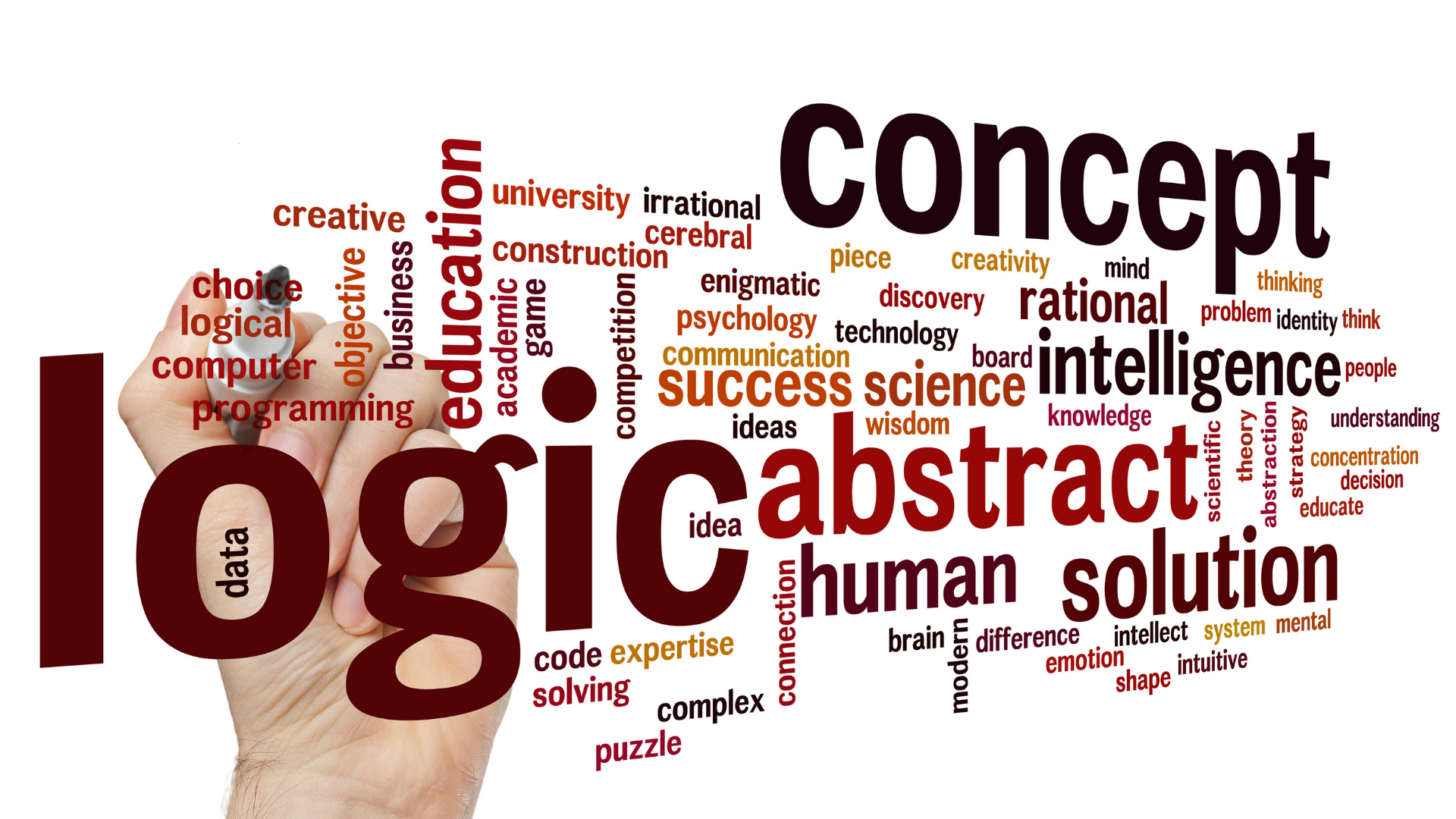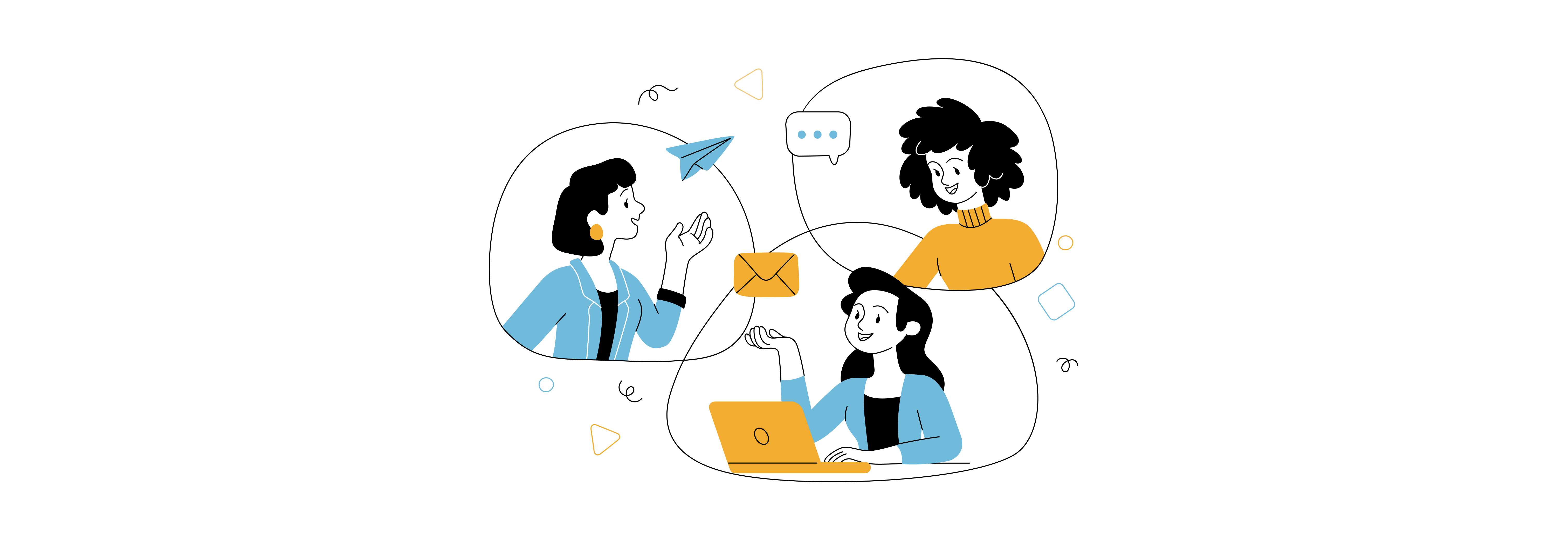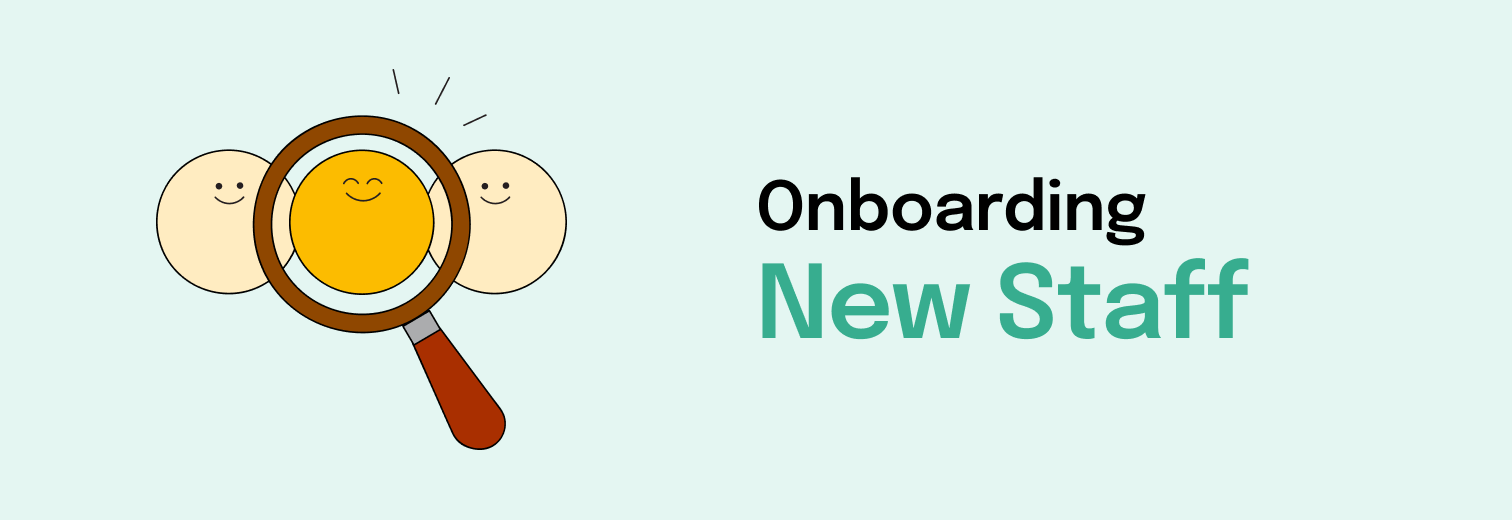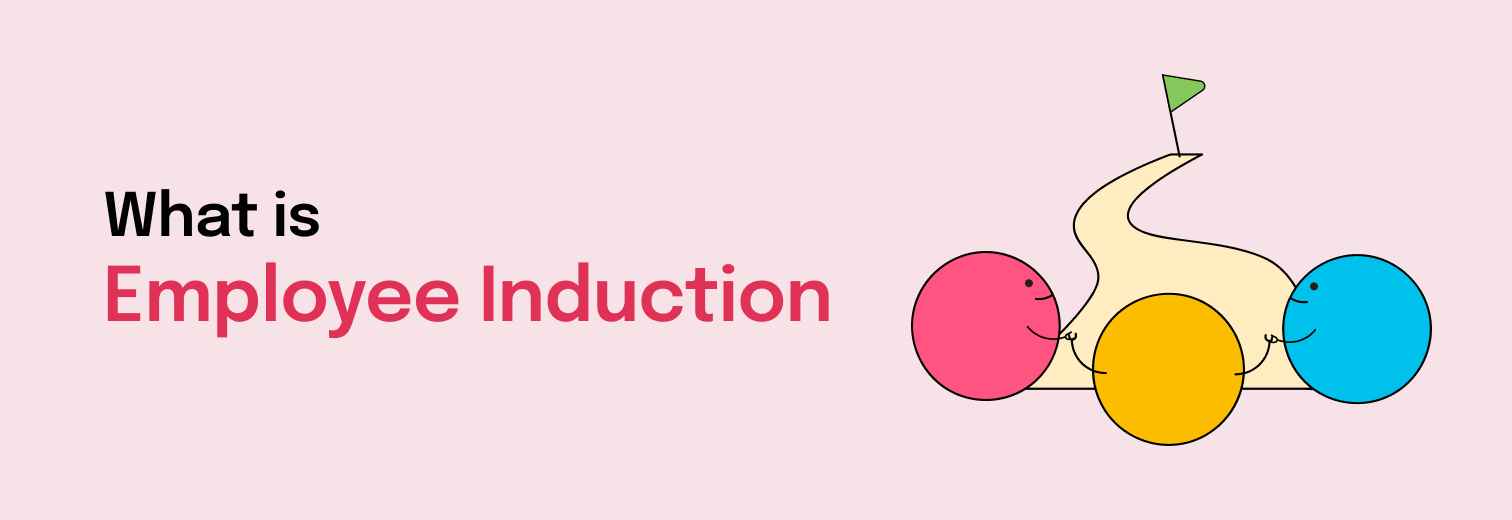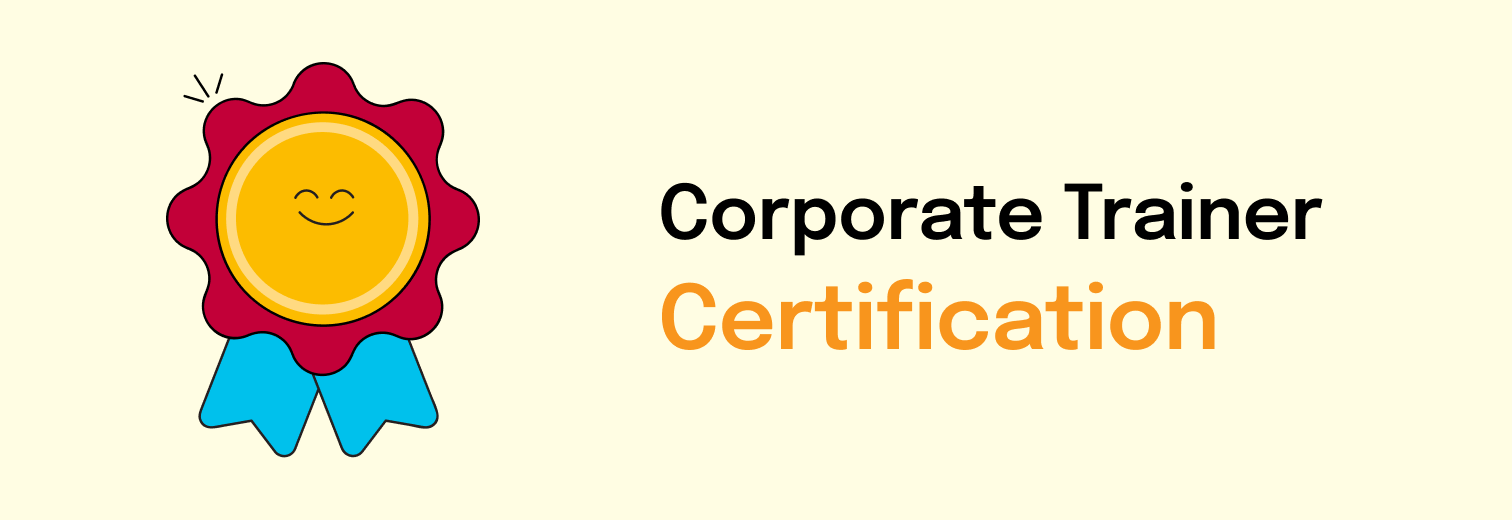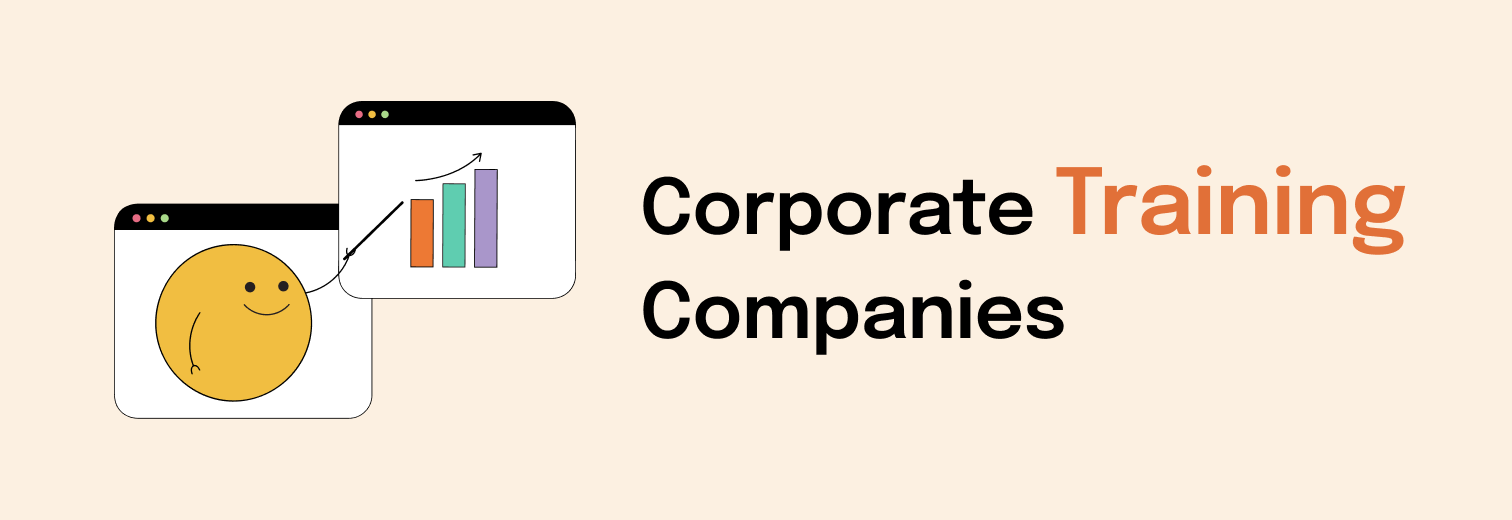
From putting on your slippers in the morning, choosing the right setting on the washing machine, to reviewing complex data sheets – we make a thousand different decisions on a daily basis.
And yet, most of these happen without our conscious effort. You probably don’t even look down from your phone as you switch on the coffee machine and reach out for your favourite coffee mug from the cupboard – do you?
These seemingly automated processes are a result of years of conditioning and muscle memory. And yet, we mostly remain oblivious to their impact on our day-to-day decisions.
For example, consider the instinctual reaction you have to someone you’re meeting with for the first time. Or the first impression you form without any exchange of words or information. Even the way you feel more comfortable in the presence of older doctors compared to their younger counterparts, regardless of whether they are the specialists or not.
What is an ‘Unconscious Bias?’
Table of Contents
Such instinctual reactions are often based on what are known as ‘Unconscious Biases.’
True to their name, they are unconscious, cognitive quirks. And they influence how people see the world. They are universal. And, a lot of them can be attributed to our genetic and cultural make. And, these seemingly inconspicuous biases also play a major role in our professional lives.
Moreover, when people think of biases, they often tend to associate them with a negative connotation. But that is not quite helpful. Since biases are unconscious, they affect our daily decisions without us even being aware of it. Therefore, the first step of eliminating biases is being aware of them.

From being predisposed to judge things solely on the aesthetic value to developing blind spots to things and people who are out of sight – there’s a host of detrimental effects that can happen due to a lack of mindfulness.
There are over 150 known cognitive/ unconscious biases. Let’s talk about some of the most commonly occurring biases in workplaces and see what actions we can take to eliminate them.
1. ‘Similar-to-me’ Bias / Affinity Bias
We very tend to gravitate towards people who are similar to us in some way or the other. They may be in similar profession, may have the same taste in things, or may belong to the same age group.
This is one of the most commonly found biases. And, it can have a drastic effect on business decisions, especially during the recruitment process.
2. Ageism
This is a bias that makes people judge people based on age. You may have heard people say that ’millennials like to work in a certain way;’ Or so on, and so forth.
Such a bias can hamper the team productivity.
3.Attribution Bias
This bias leads one to make assumptions with respect to why people behave a certain way. This is an umbrella term and includes things like gender, age, ethnicity, upbringing, and a few more categories.
4. Horns/ Halo Effect
This refers to the tendency of viewing someone positively after learning/ witnessing a positive thing about them. And, conversely of viewing someone negatively after learning something unfavorable about them.
5. Name Bias
This bias leads to forming a perception by judging someone based on their name and perceived background.
6. Weight & Beauty Bias
Pretty self-explainatory, this refers to judging someone based on appearance and weight; either positively or negatively.
7. Past Performance Bias & Recency Effect
Judging someone based on their past performance is another type of bias. Whereas, recency bias is when you only take the very recent events into consideration, while evaluating someone’s performance.
8. Gender Bias
Preferring one gender over the other often can have drastic effects. This is especially true when you’re taking business decisions.
9. Conformity Bias
This bias refers to what’s popularly called the ‘peer pressure.’ It refers to when you’re easily influenced by the views of others.
10. Distance Bias
“Near is stronger than far”
This bias manifests as a tendency toward short-term thinking. Thus, instead of long-term investments, it leads you to neglect people or projects that aren’t in the proverbial backyard.
How do you go about solving it?
The first step, is of course, recognising that we are all biased. And that this is only natural. Awareness is the key.
Keeping this in mind it is better to take adequate time while making business decisions. Re-evaluate the facts with care, before arriving at conclusions. This becomes even more important when it comes to recruitment, compensation, and career advancements.
Leaders of an organisation may follow a top-down approach in devising a toolkit/ guideline to help acknowledge the different biases . This toolkit may include various guidelines.
Lastly, creating team-based practices to identify the existing biases is a great practice. It could help you nip them in the bud. Some people may have a more deeply rooted bias than others. Thus, having the team’s guidance can be extremely helpful.
This can help a team to point out each other’s biases behaviour, in a healthy manner. This will allow for healthy discussions and improved collaboration. Such teams are naturally more inclusive.
While, we all have biases and it is not something that we can trade off, a culture of inclusivity is still possible.

Acknowledging them is the first step. After all, only when we admit to a problem, can we begin to solve it. While working in the virtual world, it has become even more important to acknowledge and eliminate these biases.
This is because the geographical distance can make it far easier to make decisions based on our inherent biases. And, there’s a host of detrimental effects that can happen due to a simple lack of mindfulness.
Watch this space for more information on the most commonly found biases.
